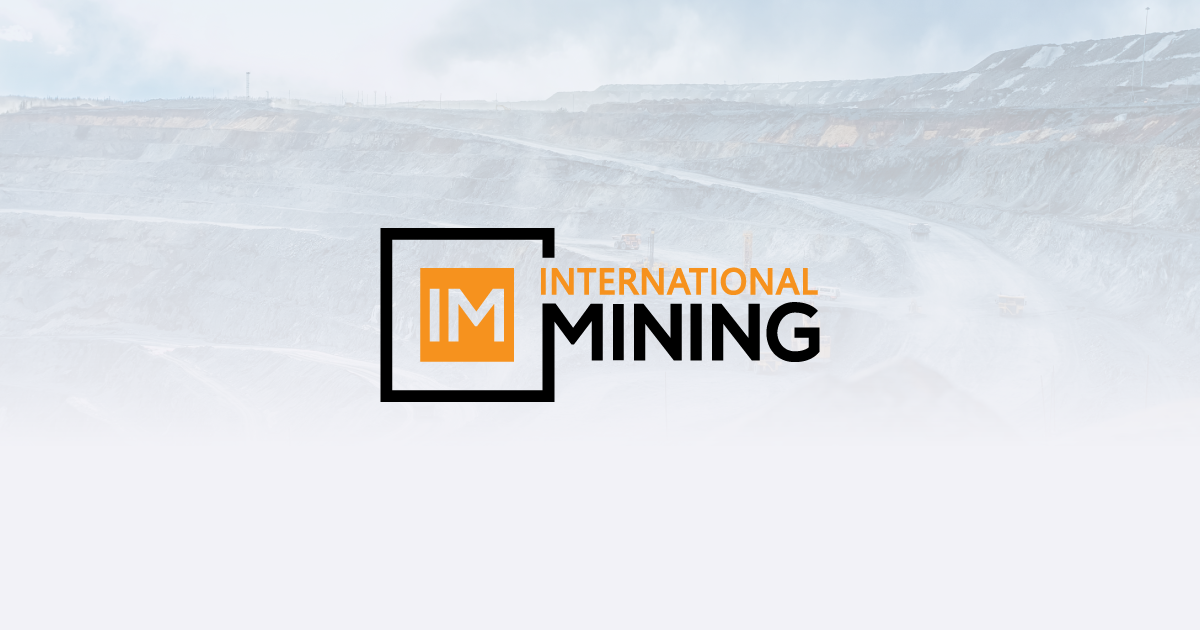Sign up for daily news updates from CleanTechnica on email. Or follow us on Google News!
This is a topic that we’ve covered before, and repeatedly. Sadly, no matter how many times CleanTechnica and other EV websites show the errors in this argument, it just won’t die on the internet.
The argument is sticky not because it’s a good argument, but because it depends on half-truths. Like all good lies, the lie itself isn’t transparent and easy to identify as misinformation. As I pointed out in this other article, a simple lie can go a long ways because people don’t know what they don’t know. The simple lie asks them to invest zero effort other than to click “share” or “repost,” and it lines up with the myths they already believe in. Once people see it over and over and see their peers accepting it, getting people to even question it becomes difficult.
But, it’s our job here to spread good information about EVs and other clean technologies, so we’ll do this as many times as it takes until the complex truth about “the grid” and EVs becomes widely known.
A Video That Explains It All
Let’s face it: reading and thinking requires effort. Looking at even minimally complex problems can be tiring. So, many people would rather watch a video. So, if you have a friend who starts telling you that EVs will destroy the grid, one great option is to share this video with them:
This video makes quick work of the myth, explaining the ways in which it’s partially true and the things you have to ignore to believe the myth. In short, it comes down to these simple facts:
- EVs don’t use that much energy. Only 30% additional generating capacity would be needed if this were a simple math problem (it isn’t).
- The per-household energy needed is equivalent to one more outlet being used constantly per house, or the same as running an AC for 4 hours per day.
- Grid capacity has always grown to supply demand, with the amount of energy increasing 5x since 1960, meaning that 30% is small growth in historical context.
- 6 years of average grid growth can handle 100% EV adoption (something that won’t happen in 6 years).
- Electrical utilities are always willing to do what it takes to make a profit selling you more power.
- Electrical grids are built to handle fairly large peak loads, due to the proliferation of air conditioning in previous years. But, there’s a lot of extra capacity during off-peak hours.
- Utilities can get people to charge during off-peak times or during times with excess solar capacity by offering lower prices at times when it’s best for the existing grid.
- Countries that already have high EV adoption haven’t had grid problems, so it isn’t going to be a problem here.
Explaining This Simply
Not everyone wants to watch a 16-minute video to understand an issue better. After all, pro-EV videos are obviously just woke propaganda, right? So, we need to come up with some good counter-propaganda and talking points to quickly point out the flaws in the “Grid can’t handle EVs” argument. Here are a few ideas I have:
“This isn’t a 1D problem. You have to think on 2D and consider time of use.”
This opens people up to think about the problem as a line graph over a 24-hour day instead of thinking of the grid as a bucket that can get full (like a 1-D progress bar). Once people are open to thinking and visualizing on-peak and off-peak hours, it’s harder to fool them with FUD.
“What do you think happens when a town gets a new neighborhood?” Or “Did your great grandma have a washer and dryer?”
This opens people up to the idea that the grid isn’t some mess of wires people built in the “good old days” that hasn’t been upgraded or improved in decades. The population grows over time, and people move. Houses got ACs, washers, dryers, and other appliances, and nobody told them back in the day that the grid couldn’t handle it. Getting people to see that “the grid” grew over time can ease fears about the need for future growth.
“You don’t live in California or Texas.”
This one might piss people off who do live in California or Texas, but bear with me for a second before you type a nasty comment or hit the back button. The sad fact is that California has had grid problems during hot summers and Texas has become known for having grid problems during unanticipated winter events. But, we also have to admit that California and Texas have unique political and economic problems that drove them to suffer from these unusual peak demands that weren’t prepared for. Everyone else in the United States and in other countries can’t really say that it has happened to them like that.
“The market will provide.”
This one is simple. Even if you’re not personally a believer in free market economics, many of the people who make these anti-EV arguments do at least claim to believe in them. And, it’s true that demand will stimulate supply. Power companies and their investors are more than happy to come up with the resources to do what it takes to sell you extra power. Unless capitalists stop liking money, it’s not going to be a problem.
“Why didn’t Norway’s grid collapse?”
As the Engineering Explained video explains, there are countries that have achieved high levels of EV adoption. This idea that the grid will collapse if too many people get EVs means that a country with, say, half of the cars already EVs, would have already run into serious problems. But, it didn’t happen. Showing that this “real world problem” doesn’t actually exist in the real world goes a long way toward debunking the myth.
Don’t Waste Time With Bots & Paid Troll Accounts
If you’re going to spend time on spreading the word on social media about this, you can’t afford to waste your time. There are simply too many people who need to hear it to waste your time on talking to robots and people who are paid to not get it.
So, avoid talking to small accounts with a dozen followers or five friends. Wait for large accounts with big followings to spread misinformation so that you can reach more real people with a reply. Or, focus on people you know are real from the real world, and talk to them one-on-one. That way, you aren’t screaming into the void while feeling like you’re accomplishing something.
Featured image by Jennifer Sensiba.
Have a tip for CleanTechnica? Want to advertise? Want to suggest a guest for our CleanTech Talk podcast? Contact us here.
Latest CleanTechnica.TV Videos
CleanTechnica uses affiliate links. See our policy here.
CleanTechnica’s Comment Policy




